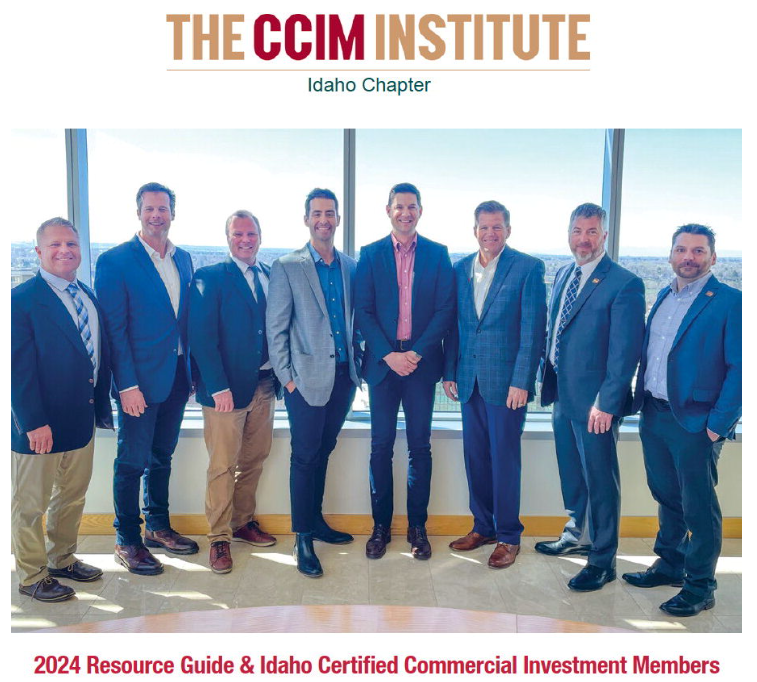Robert Kiyosaki’s mentality of using high levels of leverage in real estate investments definitely has merit and is an extremely viable way to grow wealth. After all, the higher the leverage the higher the IRR. But it’s times like these which punish leverage cowboys while those who have a more conservative leverage approach won’t see much if any trouble. The big issue being CRE loans that mature in an economic environment such as we have today.
That’s the gist of why CRE loans have been making so many headlines. The market is worried about what will happen when maturities come due. Particularly within the office asset class, but also short-term loans in other asset classes which were made at the top of the market. In the years leading up to early 2023, interest rates were low, cap rates were moving lower, and rents were rising quickly. Each of these three metrics has since moved in the opposite direction, a trifecta which puts pressure on underwriting the refinance. Given the shorter nature of CRE loan terms, some loans which were written three to five years ago are starting to mature, during a time where this trifecta of underwriting metrics are now at the other end of the spectrum.
An additional influence is bank standards having tightened over this same period, leading to lower leverage levels being available than before. If an appraisal does not produce a high enough value, owners might have to come up with some of the balloon payment, or potentially give up some ownership via a debt fund rescue. A viable yet more conservative portfolio management technique is to continue paying down property loans at the same amortization instead of resetting the amortization every time a maturity comes around. It is certainly a delayed gratification tactic, because if 10 years have now been paid off a loan, at the point of refinance it’s highly likely loan proceeds could be taken if resetting the amortization back to 20 or 25 years.
These loan proceeds could even be used to help obtain a new asset, building out the portfolio, creating greater cash flows and eventual net worth. This is essentially the Kiyosaki method. That all sounds amazing but what’s the risk? Periods of time like these, where lending is tighter and economic metrics for valuation and underwriting are down. And if a more aggressive growth approach like this is the only tactic ever utilized, there won’t be much room for error across the portfolio and leverage stress may become an inevitability.
Another smart portfolio management approach is maintaining, or working towards, having strong buffers above typical lender covenants like DSCR and LTV. Have a healthy spread between the portfolios’ metrics and the minimum required via loan covenants.
These techniques work hand in hand where working on one will achieve the other. These methods also create a safety net; if one project went south and needed a cash call, other projects within the portfolio could cover for this. For instance, pursuing a refinance on an asset that has a low LTV, or is unencumbered, to create loan proceeds to cover for the troubled asset.
Continuing to amortize loans at the same schedule while interest rates are high will likely hurt property level cash flows. So, a decent compromise could be extending the amortization a little, like two or three years, instead of jumping back up to the max available. This will likely cover the interest rate difference and help keep cash flow neutral, while still working towards having unencumbered assets within the portfolio.
(Originally published in the Idaho Business Review “CCIM Resource Directory” May 2024 Edition)
This article was reposted with permission from IBR.
